Some basic heraldic rules
The most important rule is surely
Brevity and precision
Painted (emblazoned) coats of arms should not be overcharged. Originally arms were a means to identify armoured knights in battle or at tournaments and had to be clearly recognizable even at greater distance. Thus perspective in drawings is strictly prohibited and the use of letters must be avoided or at least restricted to the necessary minimum. For clarity´s sake charges are often reduced and stylized. A tower might, for instance, be used to symbolize the castle and a single wheel will represent the coach. Arms violating the rules of brevity and precision will not be accepted by heraldic societies and cannot be entered into rolls of arms.
A blazon, the verbal or written description of armorial bearings, must also follow the rules of brevity and, even more so, precision because armorists must be able to draw (emblazon) a coat of arms from it, which is correct in every detail. The very special terminology of blazoning emerged in the thirteenth century and is still in use today.
It is important to note that arms are always blazoned from the bearer´s point of view, that is from behind. Thus an element appearing on the left side of the painted coat of arms is blazoned as being on the right side.
The order in which the elements of a coat of arms are described is also strictly regulated. In the first place the shield with all its ordinaries and charges is described, adjectives other than quantitative following the noun and tinctures (colours) coming last. Next the helmet is blazoned, then the wreath (if any) from which proceeds the crest. finally, if there are supporters, these are described.
Colours
In heraldry the metals and colours used are called tinctures.
There are two metals, gold and silver,
and five colours, red, green, blue, black and purple.
If a charge is painted in its natural colour, it is described as proper.
As a rule, metal must not lie on metal, nor colour on colour. This ensures high contrast and good visibility.
A coat of arms can be without charges but it can never be without colour!
Since the sixteenth century the graphic depiction of colours in engravings and monochromatic drawings is achieved by hatching.
| HATCHINGS | |||
| white | red | blue | black |
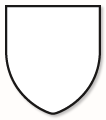 |
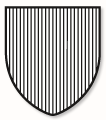 |
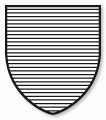 |
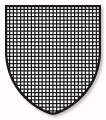 |
| gold | purple | green | black |
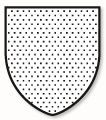 |
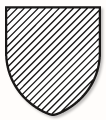 |
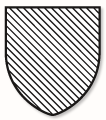 |
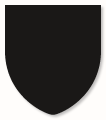 |
Besides hatchings there are the much older damasked (also called diapered) patterns. The name derives from the intricate patterns of woven cloths, for which the city of Damascus was famous. Damasked patterns are not blazoned, nor are they binding for the engraver.
| DAMASKS | ||
| example 1 | example 2 | example 3 |
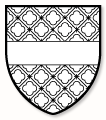 |
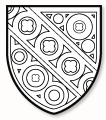 |
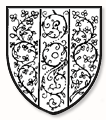 |
Deriving from the habit of adorning shields with fur and leather, furs are amongst the oldest heraldic elements. The principal furs are ermine and vair, both existing in several variations.
| FURS | |||
| vair | counter vair | vair en pointe | potent |
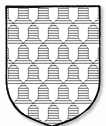 |
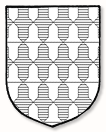 |
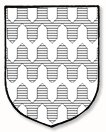 |
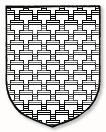 |
| ermine | counter ermine | erminois | pean |
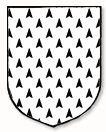 |
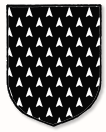 |
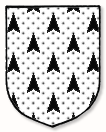 |
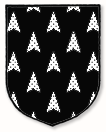 |
 Deutsch
Deutsch